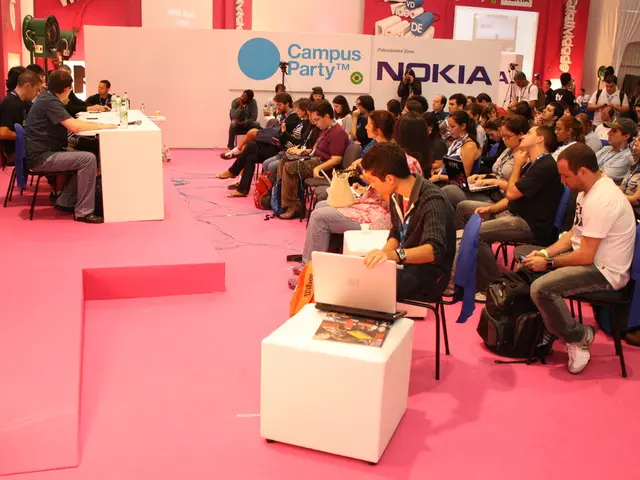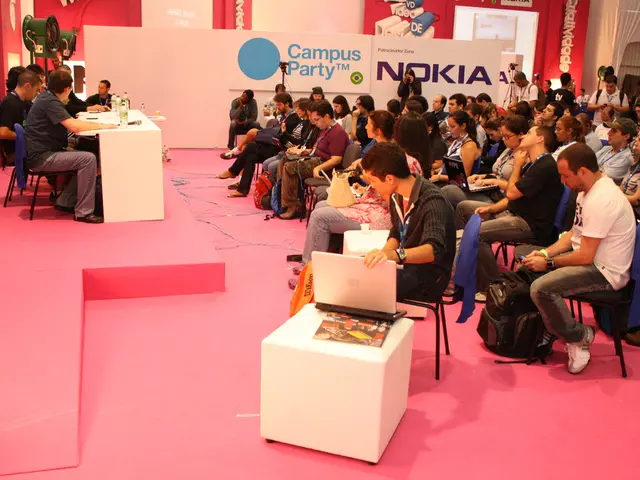Chocolate Christmas Men Cost Significantly More Than 2024 - German Holiday Sweets See Sharp Price Hikes as Sales Drop 10%
Germans are buying fewer holiday sweets this year, with a 10 percent decrease by mid-October compared to 2024. This reduction comes as the price of gold, or more specifically, popular treats like Dominosteine and chocolate Santas, have risen significantly.
The price of Dominosteine has increased by around 25 percent, with a 250-gram pack now costing over €3. Cocoa prices on commodity markets remain two to three times higher than three years ago, contributing to the rising costs of confectionery. Chocolate Santas have also seen a price hike of up to 25 percent, with a 70-gram milk chocolate Santa from a major brand now selling for €3.99, while comparable products from other manufacturers cost €2.99.
Filled Lebkuchen hearts have experienced an even steeper increase, with prices up to 60 percent higher. A 300-gram pack now exceeds €3. The share of confectionery bought on discount has risen from 46 percent to 66 percent this year, indicating that consumers are seeking better value for money.
The rising prices of traditional Christmas sweets, including chocolate Santas, Dominosteine, and gingerbread hearts, are primarily due to increased raw material costs, higher energy and transportation expenses, and inflation affecting production and supply chains. Despite the price increases, consumers are buying fewer sweets and turning to discounted options.








